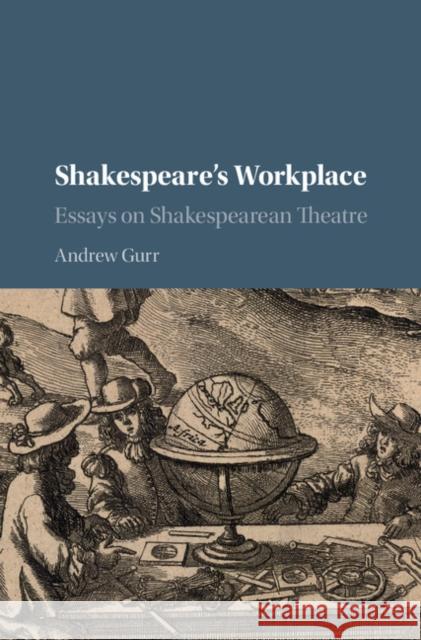Shakespeare's Workplace: Essays on Shakespearean Theatre » książka
topmenu
Shakespeare's Workplace: Essays on Shakespearean Theatre
ISBN-13: 9781107167841 / Angielski / Twarda / 2017 / 292 str.
Shakespeare's Workplace: Essays on Shakespearean Theatre
ISBN-13: 9781107167841 / Angielski / Twarda / 2017 / 292 str.
cena 439,79
(netto: 418,85 VAT: 5%)
Najniższa cena z 30 dni: 364,17
(netto: 418,85 VAT: 5%)
Najniższa cena z 30 dni: 364,17
Termin realizacji zamówienia:
ok. 22 dni roboczych.
ok. 22 dni roboczych.
Darmowa dostawa!
Andrew Gurr's work offers the best access to the original Shakespearean theatre. This is a selection of his key essays.











